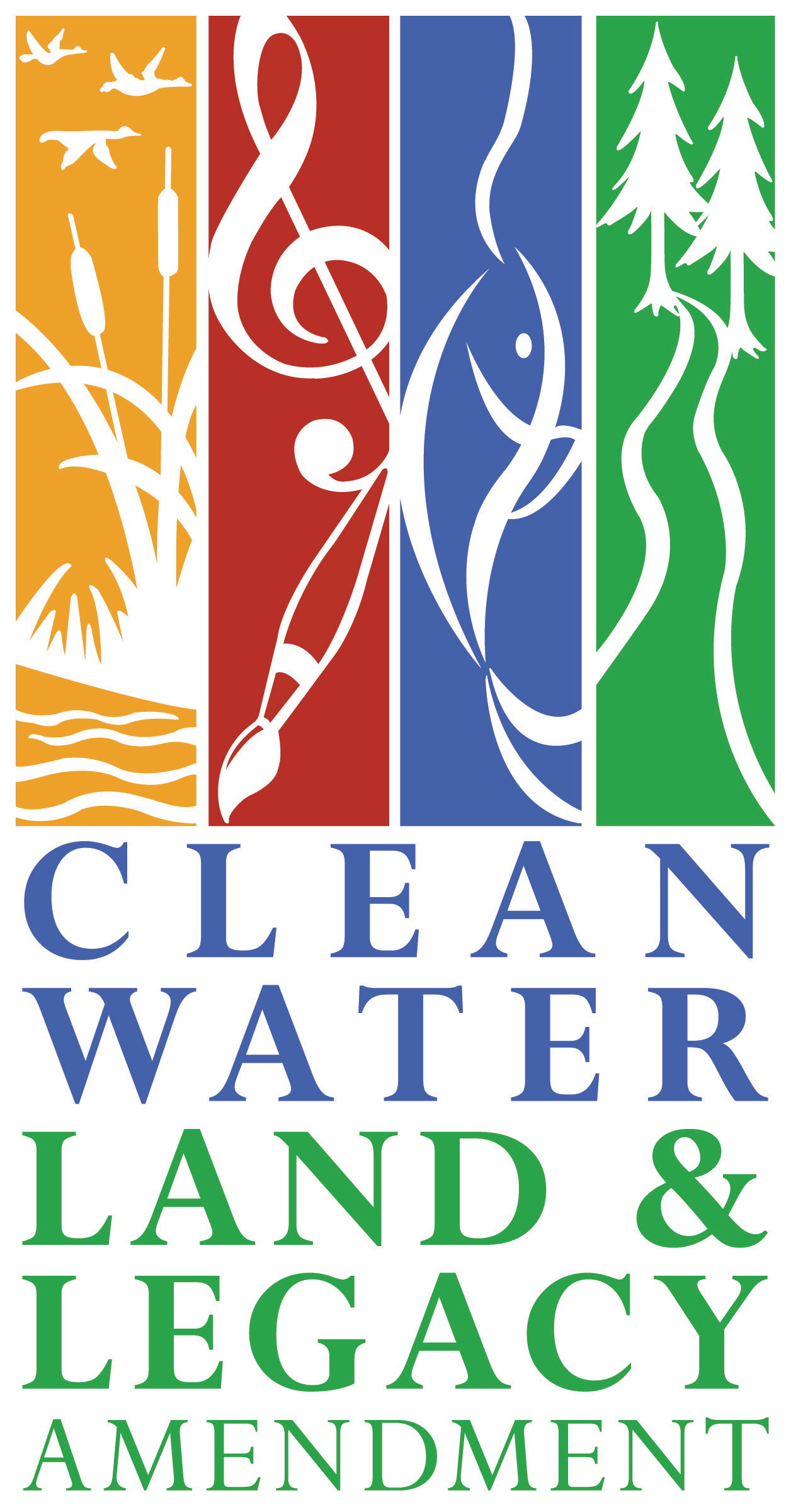Source Water Protection (SWP)
- SWP Home
- Protecting Drinking Water Sources
- SWP Requirements and Recommendations
- SWP Grants
- Groundwater Protection Initiative - Accelerated Implementation Grant
- SWP Awards
- Laws and Rules
- SWP Web Map Viewer
- Surface Water Program
- SWP Reports and Data
- SWP Implementation Resources
- Source Water Assessments
- Stories from the Source
Related Topics
- Water: Business and Government
- Drinking Water Information for Consumers
- Water Testing and Data Reports
- Minnesota Well Index
- Clean Water Fund
Environmental Health Division
Source Water Protection Web Map Viewer
The Source Water Protection Unit evaluates where drinking water comes from and how vulnerable drinking water sources are to outside contamination. This information is used to define management areas for drinking water protection.
Our interactive web map viewer features several types of source water protection areas. In this map, you can see where communities source their drinking water and identify whether or not you are in a protection area. You can also learn how vulnerable a drinking water source is to outside contamination.
How to use the web map viewer
In the web map, you can:
- Navigate to an area by using the search bar, zooming in and out, moving the map, or finding your location;
- Turn map layers on or off and change their transparency;
- View the legend;
- Click on an area to view more information about it;
- Measure area or distance;
- Change the basemap; and
- Print a map.
Geospatial data files for these and other source water protection areas are available for download on the MDH website.
Groundwater layers in the web map viewer
Wellhead Protection Areas (WHPAs) – areas surrounding public water supply wells that contribute groundwater to the well. In these areas, contamination on the land surface or in water can affect the drinking water supply.
Drinking Water Supply Management Areas (DWSMAs) - areas containing the wellhead protection area but outlined by clear boundaries, like roads or property lines. The DWSMA is managed in a wellhead protection plan, usually by a city.
DWSMA vulnerability – how likely it is that contamination in the DWSMA can reach the public water supply intake.
Surface water layers in the web map viewer
Surface water DWSMA (DWSMA-SW) - includes all HUC12 watersheds upstream from the intake that contain the ERA and Spill Management Area. The concerns in this area are generally non-point sources, including fertilizers, pesticides, chloride, and per- and poly-fluoroalkyl substances (PFAS).
Minneapolis, St. Paul, and St. Cloud Priority A Area DWSMA - delineated in 2007 as the area upgradient of the intake with an eight-hour time of travel to the intake. Within this area, the public water supplier would have little or no time to respond to a discharging contaminant and would have to close the intake. Minneapolis, St. Paul, and St. Cloud are currently implementing drinking water protection plans in these areas.
Minneapolis, St. Paul, and St. Cloud Priority B Area DWSMA - delineated in 2007 as the area where contaminants of concern, like pathogens, nutrients and pesticides, can be found at treatable levels most of the time, but occasionally are present at higher levels. Minneapolis, St. Paul, and St. Cloud are actively implementing drinking water protection plans in these areas.
Historical Source Water Management Areas - delineated in 2003, these areas were designed to help address potential contamination threats to drinking water, whether those threats are emergency spills or non-point sources that can have long-term health effects.
